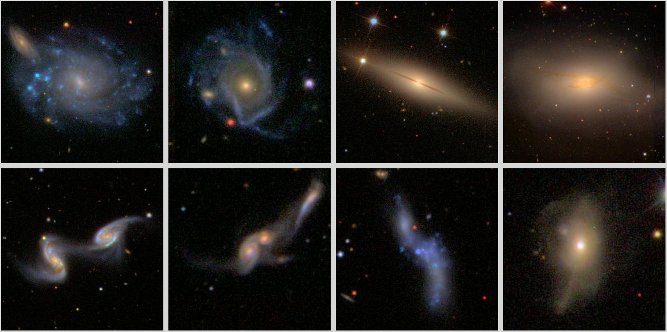I like to say that much of astronomy in any one category before the year 2000 was done with 100 objects. With SDSS we were talking about millions of objects in broad classes and about subcategories of up to 10,000 objects (different types of quasars, different types of stars, different types of galaxies). So the certainty with which you could define a certain kind of object or subdivide quasars into categories and therefore different stages of their lives is just orders of magnitude higher; you have tens of thousands of objects to study instead of hundreds. For SDSS it was very important that the large samples be rigorously selected.
Suppose you passed a hotel housing basketball players engaged in the final four of the NBA championship. There would be about 100 players, and if you tried to characterize all of humanity by observing these 100 individuals, you would end up with a picture that does not reflect the actual breadth of characteristics defining humanity; for instance, you might conclude that most humans are 7 feet tall. So it is with astronomical objects.
Typical and Atypical Galaxies: The top four images (NGC 450, NGC 60, NGC 1032, NGC 4753) are typical galaxies and commonly found in the Universe. The bottom four images (ARP 240, UGC 08504, UGC 10770, UGC 1597) are the result of galactic interactions and are atypical. Because they are so rare, getting large enough samples for systematic study could only be done with enormous, large-area sky surveys such as SDSS.
Credit: Sloan Digital Sky Survey


